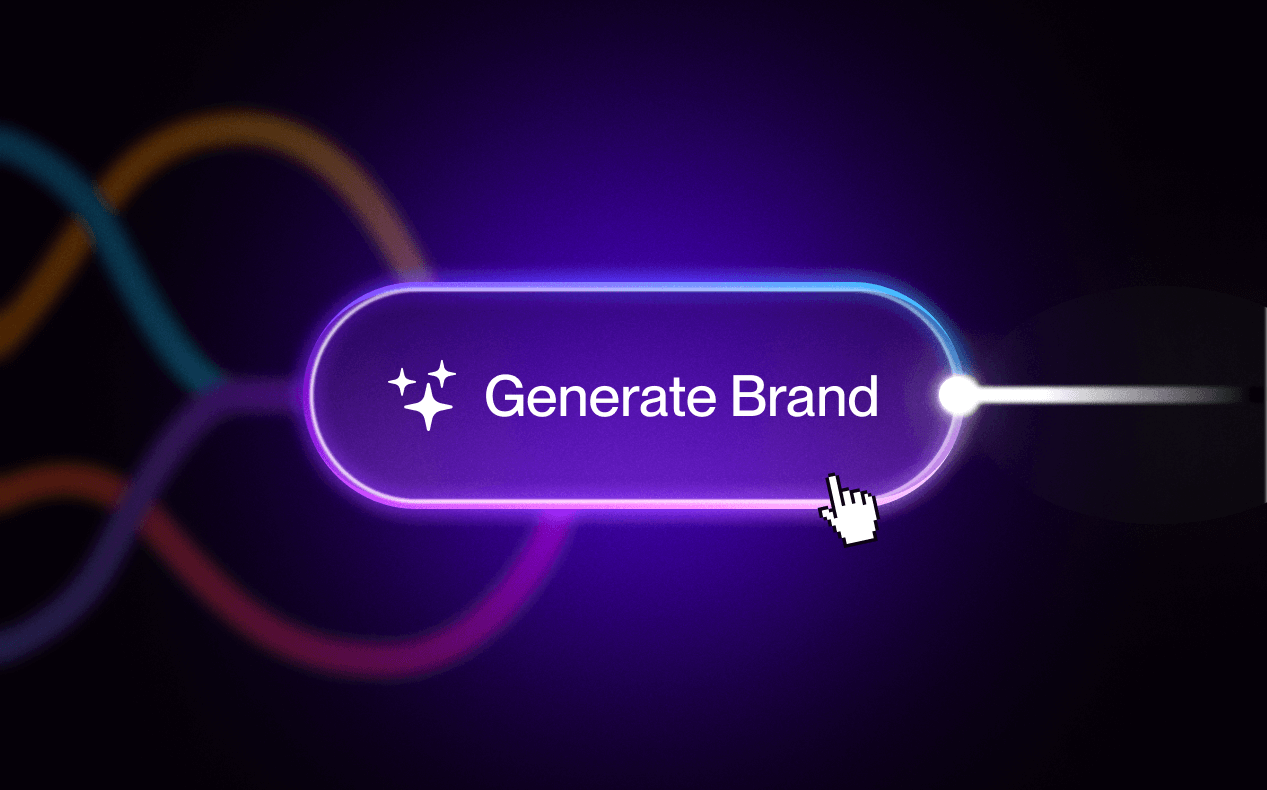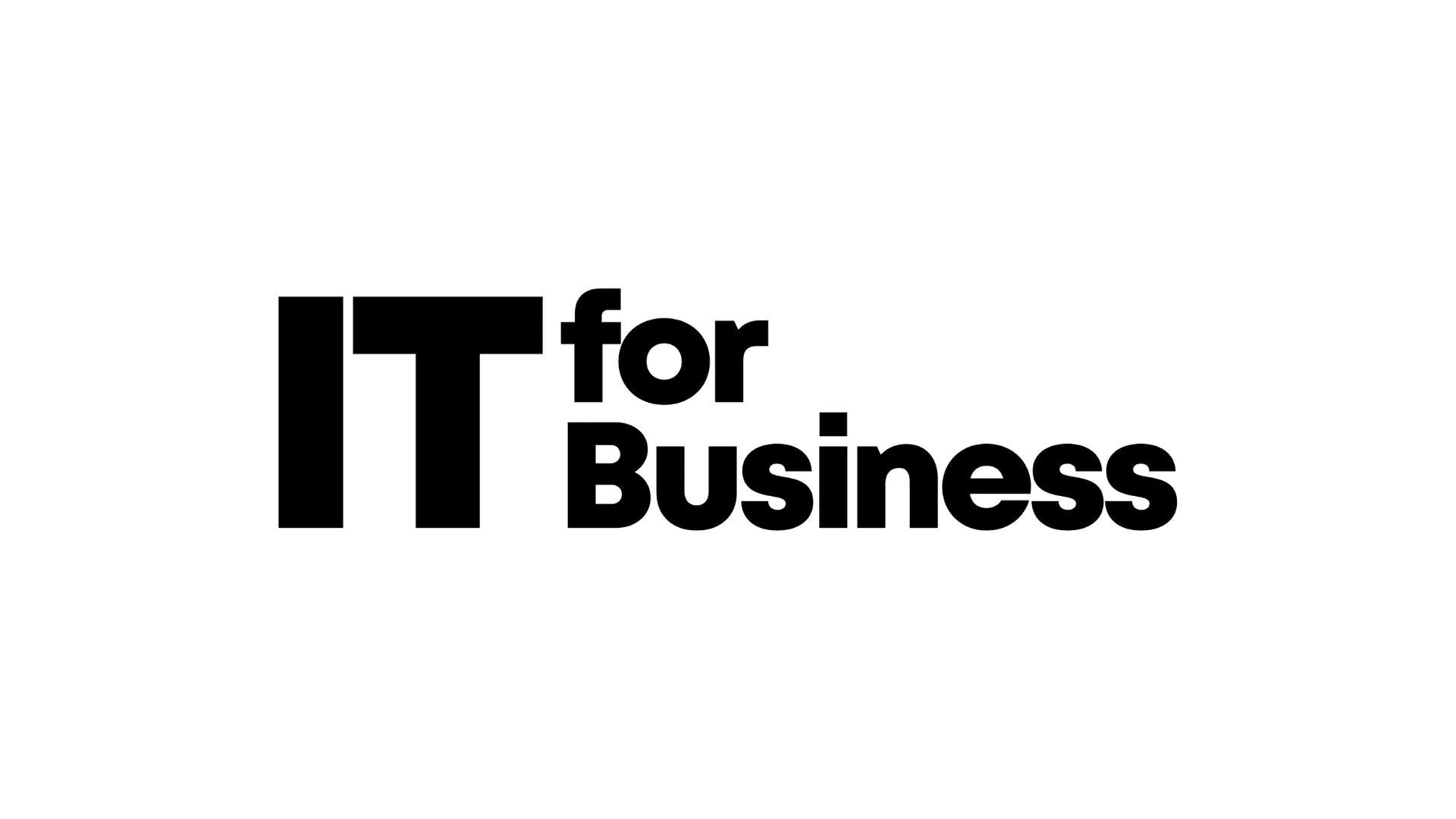Why is purchasing power still out of reach for banks and insurance companies?

Table of contents
In response to rising inflation, French consumers are scrutinizing their purchasing power more closely than ever. Within this landscape, financial and insurance institutions find themselves at a strategic crossroads. Leveraging digitalization effectively not only bolsters their competitiveness but also propels them forward in the marketplace.
This article delves into how digital transformation can serve as a powerful lever for banks and insurance companies, enabling them to optimize the services they offer and significantly enhance their clients' purchasing power. We explore real-life case studies, successful strategies, and technological innovations that redefine customer interactions and bolster customer loyalty and satisfaction.
Elevate purchasing power through a data-driven approach and unbeatable quality of financial advice
Customization of financial offerings: the key to optimized purchasing power management
The analysis and utilization of data equip banks and insurance companies with the ability to offer personalized services that not only meet needs but also enhance client purchasing power. By employing advanced technologies such as recommendation engines and predictive models, these financial institutions increase their competitiveness and position themselves as leaders in innovation. This proactive approach meets the evolving expectations of consumers, providing them with tools for more informed financial management.

3 USES OF DATA IN INSURANCE, HEALTHCARE AND RETAIL
- Steps to take for an effective data-driven strategy
- The importance of data in the insurance, healthcare and retail sectors
- Levers to activate to jump on the data and AI bandwagon
Harness the power of data to optimize your clients’ savings and spending
Recommendation engines and predictive models play a crucial role in analyzing relevant data like credit scores, income levels, or geographical locations. This enables the evaluation of consumer behavior and the provision of tailored services.
These technologies assist financial institutions in creating specific products that maximize purchasing power, such as loans with flexible repayment options and insurance with adjustable coverage. Besides facilitating better budget and savings management, these tools also offer wealth management advice and help anticipate risks, ensuring a smart distribution of expenses.
This digital transformation, centered on the customization of services through data analysis, not only ensures increased customer satisfaction and loyalty but also enhances their user experience without disruption. Banks and insurance companies thus equip themselves to strengthen consumers' purchasing power, guiding them towards informed financial decisions.
Dynamic pricing: tailor your offerings to your clients' economic profiles to maximize satisfaction and loyalty
Technologies for dynamic pricing, often utilizing artificial intelligence (AI), analyze market fluctuations and customer behaviors in real time, allowing banks and insurance companies to adapt quickly while offering rates suited to individual risk profiles and needs.
IoT, especially in vehicles, enables insurance companies to modify auto insurance premiums based on the actual driving behavior of clients, offering a highly personalized service that boosts satisfaction and loyalty.
An innovative example: the Novys device by the insurance company A comme Assure
The insurance company A comme Assure has introduced Novys, a smart device that leverages real-time data on the distances driven by motorists to adjust their monthly fees. This device calculates various parameters such as acceleration levels and speed in turns. Drivers can analyze their past journeys via a dedicated mobile app in hopes of reducing their insurance costs. This gamified experience aims to enhance drivers' purchasing power while promoting responsible driving.

Revolutionize your clients' finances and your performance with Artificial Intelligence (AI)
Automation at the service of productivity: your ally for better responding to consumers' financial challenges.
Traditionally, banks and insurance companies use manual methods to process their clients' requests. These methods, while traditional, are time-consuming, prone to human error, and cause recurrent and avoidable bottlenecks. Despite these constraints, the volume of data produced by these sectors remains significant and complex to analyze.
AI overcomes these challenges by offering solutions that enhance productivity without necessitating an increase in workforce. By automating manual tasks such as producing monthly statements, creating reports, and processing reimbursement requests, AI helps reduce human errors and eliminate bottlenecks. This process makes operations smoother and more efficient, freeing advisors to focus on quality human interactions and proactive assistance.
Automated contract analysis: an essential lever for optimizing your clients' purchasing power and your operational efficiency
Automated contract analysis powered by AI has become a crucial tool for the financial sector. It improves the clarity and fairness of contractual terms, detecting costly or complex clauses to enhance transparency and client trust, ultimately enabling significant savings.
This technology also streamlines the contract review process, reducing time to market and avoiding costly errors and disputes. Thanks to machine learning algorithms, AI can analyze vast volumes of contracts to quickly identify risks and opportunities, optimizing contractual conditions and ensuring fair and tailored offers for clients' financial situations.
Deploy AI-powered chatbots to improve interactions with your clients
These intelligent systems, leveraging LLMs and Machine Learning algorithms, engage clients in dynamic, personalized conversations. They analyze client queries in real time, understand contextual nuances, and provide tailored responses, skillfully managing a variety of requests, from account details to transactions.

Use document analysis and stock chart analysis to tailor your advice to consumers' risk profiles
Many banks and insurance companies integrate chatbots to enhance their customer relationships through AI. However, they often overlook other equally effective use cases. While chatbots can be an appropriate solution, there are a multitude of other AI applications that can be extremely beneficial, including:
Advanced document analysis: this allows you to extract structured data from massive volumes of unstructured documents. Additionally, current open-source technologies enable the analysis and structuring of text information to efficiently enrich databases without compromising data security. Example: identifying clauses in an existing insurance contract to accelerate the subscription process.
Stock chart image analysis: AI can offer personalized advice based on users' risk profiles in real time during investment transactions. Hearing advice is one thing, receiving a recommendation at the crucial moment is another. What if AIs became a relay for banks' corporate social responsibility policies? Example: the excellent technology developed by TechSignals that offers technical analysis of stock charts.
TechSignals: the technology democratizing financial analysis and strengthening consumers' purchasing power
Other AI-powered models can integrate into the user experience. You can use these models to assist your clients in better investing their money, considering their risk profiles. TechSignals follows this logic.
TechSignals is a revolutionary platform powered by AI and LLMs, still relatively unknown in France, but representing a real turning point for the financial sector. Perfectly suited to the needs of banks and insurance companies, this solution was developed by Alessio Ricco and James Maloney. TechSignals stands out thanks to three key features:
Personalized and accurate advice: by integrating TechSignals into their routine, investors not only receive judicious help but also cutting-edge innovation. The tool, relying on LLMs, provides tailored advice that enhances the proximity of financial services to their clients and assists them effectively in managing their risks and investments.
Democratization of market access: with its advanced analysis capabilities, TechSignals allows for detailed technical analysis of charts from various platforms. This technology offers all investors, whether novices or seasoned, impartial and reliable recommendations.
Instantaneous and precise analyses: the tool allows users to obtain a professional graphic representation and technical analysis of any financial product within seconds, simply by clicking a button. This is a real revolution in approaching financial markets.

Generative AI: your key tool for offering clear and personalized financial benefits to your clients.
Generative AI, particularly through the use of LLMs, plays a strategic role in enhancing consumers' purchasing power. It achieves this by making the offers from banks and insurance companies more transparent and providing financial benefits better tailored to clients' needs.
Here are some specific applications where the use of LLMs is particularly beneficial: Customization of financial products:
Banks can analyze clients' spending habits and financial preferences. This allows them to propose savings or investment products that maximize gains while minimizing risks for clients.
Adjustment of insurance premiums: Insurances employ these models to adjust premiums and coverages precisely, reducing costs for consumers and increasing their satisfaction.
Analysts can also use this technology to query the system about spending trends in different economic sectors, identify investment preferences of consumers based on their risk profiles, or even evaluate the past performance of financial products.
Don't miss the open-source LLMs turning point: a crucial opportunity for banks and insurance companies!
LLMs are playing an increasingly important role in the continuous improvement of the customer experience. Historically, the adoption of LLMs was hindered by concerns related to their closed-source nature and predominantly American origin, raising concerns about data security and national sovereignty.
The recent introduction of open-source LLMs, such as Mixtral-8x22B-v0.1-4bit, marks a significant advance. These models offer performance comparable to proprietary solutions like GPT3.5, but with the additional benefits of transparency and compliance with European data protection regulations.
This transition to open-source LLMs is particularly relevant for banks and insurance companies: they can now leverage powerful and compliant tools to enhance their service offerings, while ensuring optimal data protection for their clients. This ability to customize and securely integrate LLMs into their processes not only allows for a more precise response to client needs but also drives innovation in the proposition of financial products.
UX: the cornerstone for leveraging all these technological levers.
The user experience (UX) plays a crucial role in activating and amplifying all the digital mechanisms we've seen previously. By implementing solid UX practices, banks and insurance companies can fully exploit the potential of their technological infrastructure to meet the economic needs of their clients while strengthening their competitive edge.
Increase the visibility of your offerings by aligning them with your clients' requirements
An optimal UX strategy allows banks and insurance companies to enhance the visibility of their offerings, including those specifically designed for their clientele's unique needs. Clear and intuitive interfaces facilitate the presentation of financial products, savings details, client contract information, or even claims reporting. This visibility enhances clients' ability to identify products that match their financial profile and to benefit from tailor-made advantages based on their purchasing power. Companies like Luko, Alan, and Leocare have grasped this and are using it to attract and retain new clients.

Optimize reimbursements and claim analysis with a smooth and efficient design.
The establishment of optimal reimbursement and claim paths is essential for the user experience. A smooth and efficient UX design allows banks and insurance companies to offer simplified and fast processes, helping clients submit their claims without hassle and receive reimbursements more quickly.

Accelerate subscription processes through a simplified user experience
The speed and simplicity of subscription paths represent another advantage of UX. By reducing the number of steps required, simplifying forms, and providing clear guidance to help clients, banks and insurance companies can decrease abandonment rates and increase conversions. Typically, user-friendly subscription interfaces paired with progress bars enhance client satisfaction by providing a clear view of their progress in their endeavors.
Customize your financial services according to your clients' budgets
UX goes beyond mere visual aspects by incorporating customization as a central pillar. Quality digital solutions enable the collection and analysis of client data to offer relevant financial recommendations, even beyond traditional banking services. By bundling various complementary services into a single interface, like Revolut does, banks and insurance companies can provide personalized offers such as hotel bookings or tailor-made insurance based on clients' purchasing power, expanding their range of services to better meet their specific needs.

What are Google's recommendations for UX in the banking and insurance sectors?
In 2023, Google conducted a comprehensive benchmark on the most effective mobile experiences for client acquisition within the banking and insurance industries.
This analytical work, carried out by one of the global digital leaders, offers a series of pointed recommendations aimed at financial institutions eager to stand out in a highly competitive market. Here is a synthesis of the strategic advice from this benchmark:
First impression and initial hook: ensure that the first contact with your mobile interface immediately captures the user's attention, as this first impression is crucial in the decision to continue interacting with your brand.
Optimization of content for the predominant device: systematically adapt your content to the predominant device of your users for a smooth and intuitive experience.
Hierarchy of information: establish clarity in the presentation of information, highlighting those that are crucial for your strategic goals, to guide the user toward desired actions.
Valorization of incentives: integrate immediate rewards or free offers to stimulate engagement and encourage quick actions by users.
Credibility and trust: highlight testimonials and external validations to reinforce trust in your brand.
Time efficiency: design user paths that minimize the interaction time required to achieve their goals, thus valuing efficiency and respect for clients' time.
Security and reliability: reassure your prospects with visible signs of your seriousness and reliability, such as security certificates or quality labels.
Transparency of the process: provide clear visibility on the remaining steps of the user path to reduce anxiety and enhance the experience.
Management of interruptions: offer alternatives and recovery solutions in case of user experience interruptions, ensuring seamless continuity and recovery.
These principles, rooted in a deep understanding of user behaviors and current technological requirements, should guide banks and insurance companies towards marked differentiation at every phase of the customer journey, from initial welcome to conversion, through informed engagement.

ARNO'S INSURANCE SUCCESS WITH BETOMORROW
- The benefits of a data-driven approach for an insurance company
- 5 key points to boost your insurance business
- BeTomorrow's successful collaboration with an insurance company
Conclusion
As banks and insurance companies continue to digitalize, it is essential to focus on the next steps in innovation. These institutions must not only meet current consumer expectations but also rethink the future of the user experience around financial management.
Envisioning closer collaborations between banks, insurance companies, and technology experts could lead to solutions integrating sustainability and ethics, aligning financial objectives with social and environmental responsibilities: imagine insurances adjusting premiums based on the ecological footprint or banks facilitating responsible investments.
These innovative approaches offer banks and insurance companies a chance to distinctly stand out from the competition, thereby improving their clients' financial lives while contributing to a more sustainable future.
Thank you for reading this article.
STAY TUNED— OUR RESSOURCES

AI and Branding: a creative revolution or a limited tool?

Responsible AI: key concepts and best practices
